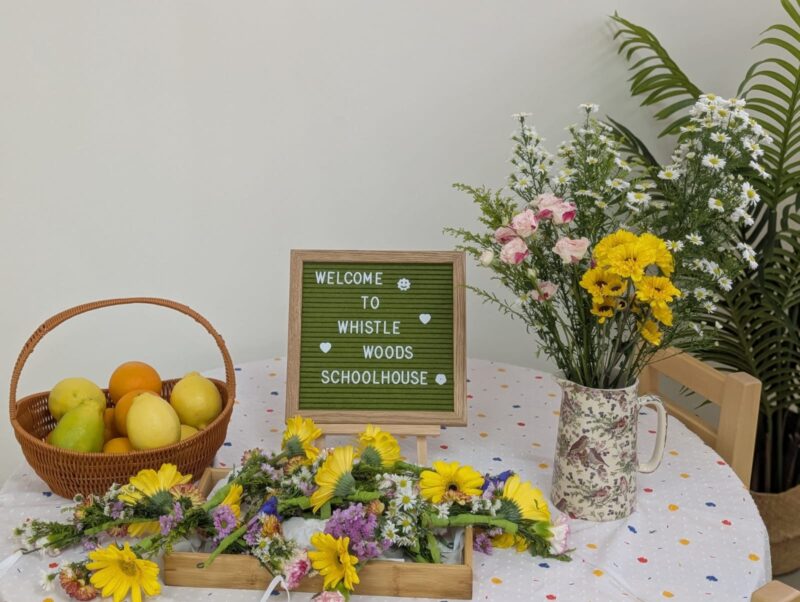Whenever I meet parents and bring them on a tour of our school, I always ask one simple question: “What kind of school are you looking for?”
It’s a question that invites parents to pause and reflect—because there’s usually a long list of things to consider. Sometimes Mum and Dad have different priorities. Sometimes it’s about logistics, like being close to home, or coordinating drop-offs with an older sibling’s schedule. And all of those are completely valid and important.
But here’s something I’ve learned over the years, both as a preschool founder and as a mother of three: you may never find the “perfect” preschool that ticks every single box. I remember feeling this very clearly when I was choosing a preschool for my third child.
With my youngest, I realised I had to get clear about what mattered most for her—and be willing to compromise on the rest. I recognised that her needs are unique and different from her older siblings. For her, that top priority became finding a mixed-age group setting. At home, she was either too babied by me or constantly bossed around by her older siblings. I saw the preschool years as a chance for her to grow into her own—to become a role model to younger peers, and to have space to develop her natural empathy and independence. That insight changed everything.
So when it comes to choosing a preschool, here are the three child-centric tips I often share:
1. Find a Place Where Your Child Will Feel Safe and Loved
Before any learning can happen, children need to feel emotionally secure. During your visit, take time to observe how the teachers speak to and handle the children. Are they gentle and present, or rushed and distracted? Look beyond the surface—into how conflicts are resolved, how transitions are managed, and how children are comforted when upset. A preschool that values emotional wellbeing lays the groundwork for trust, independence, and long-term confidence.
2. Choose a School That Understands How Children Learn Best
Children are naturally curious and learn best through play, discovery, and social interaction. A quality preschool doesn’t just “fill up” a child with knowledge—it creates an environment that invites exploration, encourages questions, and celebrates effort. This is less about following a specific pedagogy and more about the quality of the teachers. Good teachers know when to guide, when to step back, and when to let a moment unfold naturally. They see play as purposeful and know that every interaction is a learning opportunity. Next, ask about the daily rhythm: Are there long, uninterrupted blocks of time for play? Is outdoor time a priority? Are activities open-ended or overly structured? Look for a school that respects the developmental needs of early childhood while nurturing creativity and a joy for learning.
3. Bring Your Child Along and Let Them Show You
One of the most valuable things you can do is observe your child during the visit. It’s normal for them to be a little hesitant at first, but do they begin to ease into the space, or do they seem overwhelmed? Are they drawn to the play spaces, or do they cling to you? These small cues often tell you more than any checklist. Children sense whether an environment feels safe and inviting, so trust your child’s instincts and your own instincts. At Whistle Woods Schoolhouse, we’ve created a calm, welcoming space where young children feel comfortable to play, learn, and be themselves.
If you’re currently exploring options, we’d love to welcome you and your child for a visit to Whistle Woods Schoolhouse. Book a tour, ask your questions, and let your child lead the way—we’re here to help you find what truly fits.
Warmly,
Eiling


